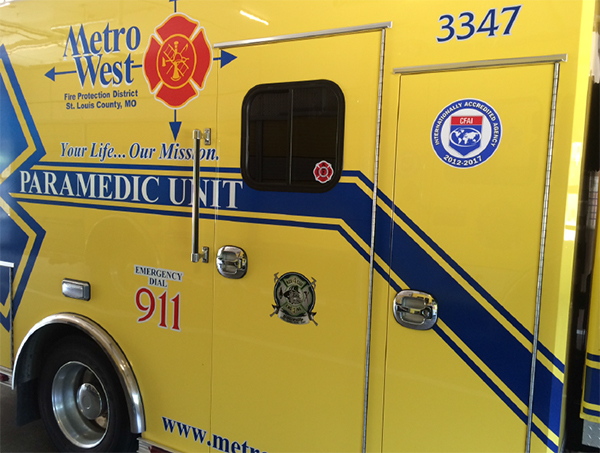Throw Back to Basics Training Drill | By Brian Zaitz

We all know the dangers of the fireground, from construction failures because of fire impingement to the carcinogens produced from combustion, these are major threats that we face every time we respond. Another often less thought of danger is the exertion impact on the body related to the workload. As firefighters, we exert a tremendous amount of energy, which correlates to an impact on our body. This impact can be lessened with healthy habits such as diet and exercise, but regardless, the body takes a “hit” every time we operate at a fire or long-duration incident. The key is how we respond and what actions we take to lessen this overall impact.
One key component is a proactive and effective rehab. Although many might stick their nose in the air or say, “We don’t need rehab,” the fact is that rehab should be as routine as pulling a hoseline; it should be at every fire and should be appropriately managed so that firefighter health and wellness is the primary mission.
An effective rehab starts with an effective procedure. Members should train on the process, and it should be implemented on the training ground similarly to how we move hose. The routine from the training ground must become the reality on the fireground. Members participating and conducting the rehab should embrace its importance while understanding that it’s our own firefighters that are benefitting from this active process.
RELATED
- Fireground Rehab: An Important Job That’s Tough to Fill
- Cold Towels Valuable Rehab Tools
- IMPLEMENTING EFFECTIVE ON-SCENE REHABILITATION
Rehab has many components, one being active hydration. Ensure that plenty of cool bottles of water are available. Each member should drink a minimum of 16 ounces of water during their rehab time. Also take and record vital signs, which should include all the norms such as blood pressure, pulse, and respiratory rate along with blood oxygen saturation and carbon monoxide screenings.

Take firefighters’ temperatures; the act of firefighting along with the protective ensemble raises the body’s temperature. Ensuring that the temperature returns to normal limits and is within a safe range will only further ensure the health of the membership. Allow time for crews to recover. Rehab should not take an hour, but just five minutes is not a substantial enough recovery period. Rehab is not just for the fireground. Implement it for any long-duration event, high-hazard alarm, and trainings.
Rehab is an essential part of the fire service. Embrace it as much as you do pulling a line or throwing a ladder. Take the time to review your rehab procedures and ensure that they are followed. We owe it to our members to do the right thing.
Download this training bulletin as a PDF HERE (303 KB).
Brian Zaitz  is a 15-year student of the fire service and the Captain-Training Officer with the Metro West Fire Protection District. Zaitz is also an instructor with Engine House Training, LLC , an instructor at the St. Louis County Fire Academy, and the Board of Director with the International Society of Fire Service Instructors. He has several degrees including an associates in paramedic technology, a bachelor’s in fire science management, and master’s in human resource development. Zaitz is also a credentialed chief training officer through the Center for Public Safety Excellence as well as a student of the National Fire Academy’s Executive Fire Officer Program.
is a 15-year student of the fire service and the Captain-Training Officer with the Metro West Fire Protection District. Zaitz is also an instructor with Engine House Training, LLC , an instructor at the St. Louis County Fire Academy, and the Board of Director with the International Society of Fire Service Instructors. He has several degrees including an associates in paramedic technology, a bachelor’s in fire science management, and master’s in human resource development. Zaitz is also a credentialed chief training officer through the Center for Public Safety Excellence as well as a student of the National Fire Academy’s Executive Fire Officer Program.
MORE THROW BACK TO BASICS

